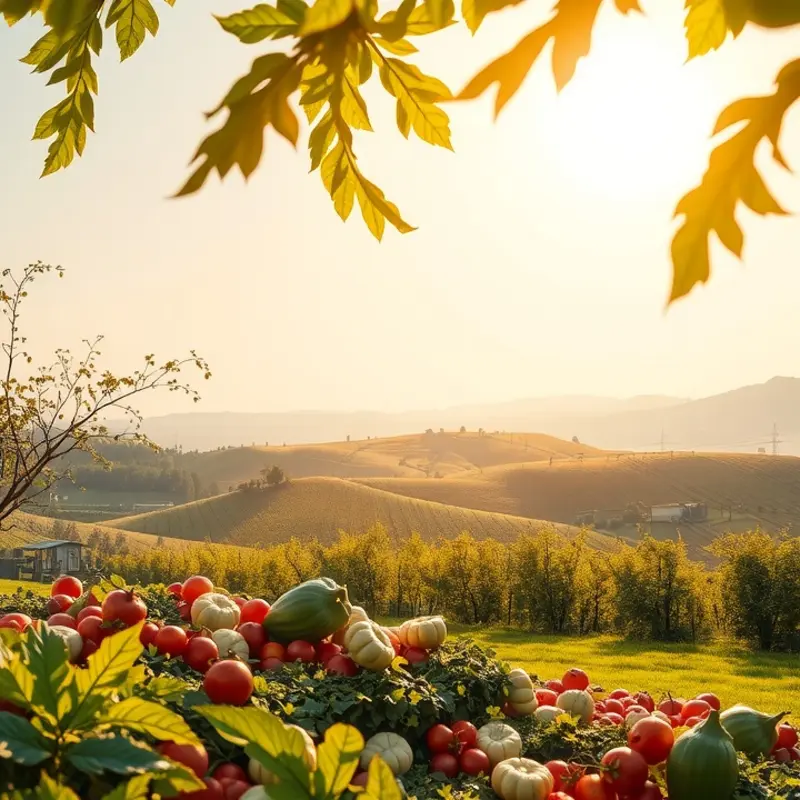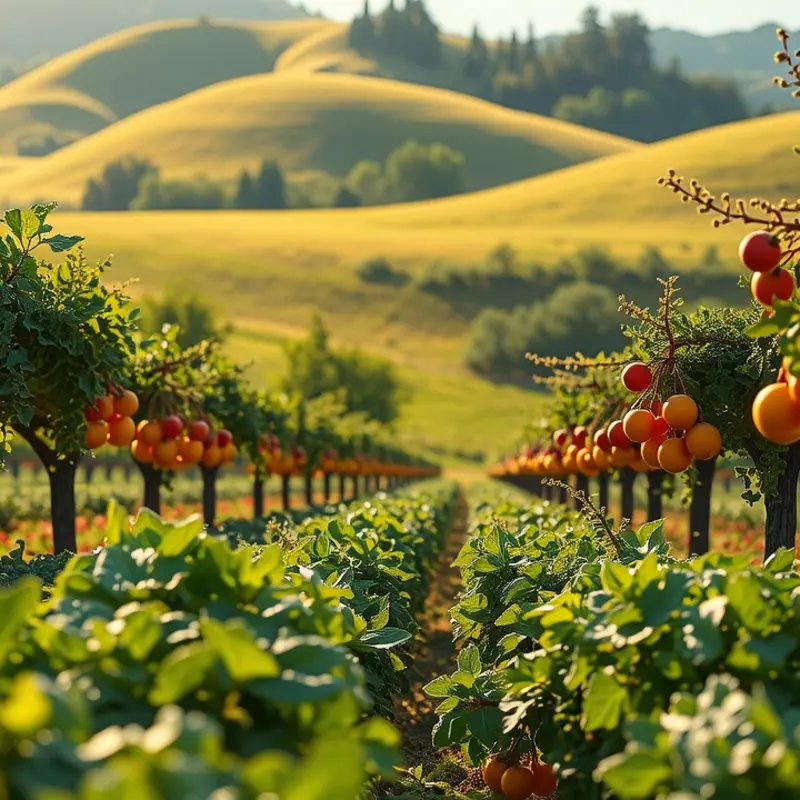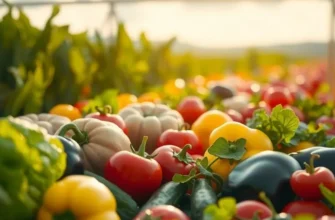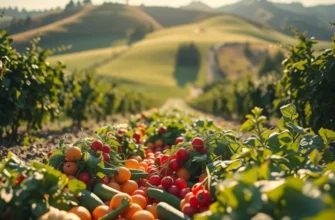Blanching vegetables is a fundamental cooking technique that enhances flavor, color, and texture. Whether you’re pre-cooking for freezing, preparing a fresh salad, or looking to brighten up your dishes, mastering this skill is essential for any home cook. In this guide, you’ll discover step-by-step instructions, tips, and tricks to help you blanch vegetables like a pro, ensuring that every bite bursts with flavor and nutrition.
Preparing Your Ingredients and Tools

Blanching vegetables is an art form that begins long before the first splash of water hits the pot. To achieve the vibrant colors and flavors that make your dishes stand out, you need to start with selecting the freshest ingredients and gathering the right tools.
Begin with the vegetables, which are the stars of the blanching process. When at the market, seek out vegetables that are in season. In-season produce not only tastes better but often carries a brighter, more natural color. Choose vegetables with firm textures, as these withstand the blanching process better. Avoid wilted leaves or blemishes, focusing instead on bright, consistent coloring which indicates freshness.
Greens like spinach, broccoli, and green beans are top candidates for blanching. Their vibrant colors become even more illustrious with blanching. For roots and tubers like carrots and potatoes, make sure they’re firm without any sprouts or brown spots. Take time to check asparagus and peas for consistent coloration and snap—a good sign of their readiness for blanching.
With ingredients in hand, your next task is gathering the tools necessary for a smooth preparation process. A large pot is essential. It should hold enough water to comfortably cover the vegetables, ensuring quick and even cooking. A slotted spoon or similar tool will help you retrieve the vegetables from the boiling water without unnecessary splashing. Additionally, prepare an ice bath by filling a large bowl with ice cubes and cold water. The ice bath is crucial for halting the cooking process and locking in that beautiful color and crisp texture.
A pair of kitchen tongs or a wire skimmer can also be invaluable. They allow you to control the transfer of vegetables without bruising them—a key aspect to maintaining their integrity. Don’t forget a timer. Precise timing ensures that your vegetables retain crunch without being under or overcooked.
It’s also wise to have a colander or fine-mesh sieve ready. Once you have finished blanching and shocking, these tools will help you drain the vegetables efficiently. Remember, lingering water can lead to a soggy texture, undermining the effort put into achieving that perfect bite.
Finally, to maximize efficiency and reduce waste, consider using eco-friendly kitchen storage options to keep your tools organized. For tips on storing tools and ingredients sustainably, visit this insightful article.
In summary, meticulous preparation of both ingredients and tools sets the stage for successful blanching. With the right selections and preparations, you ensure your meals are not only visually appealing but bursting with fresh, authentic flavors.
The Perfect Blanching Process: Step by Step

Blanching vegetables may seem simple at first glance, yet each step requires precision for optimal results. This step-by-step process ensures bright colors, crisp textures, and retained nutrients.
First, prepare your setup. Fill a large pot with water, adding a generous amount of salt—one tablespoon per quart of water is ideal. This acts like seasoning during cooking and helps lock in the vegetables’ vibrant colors.
Bring the water to a rolling boil. Water temperature is crucial: too low, and the vegetables become mushy; too high, and they overcook on the outside while staying raw inside. Maintain a steady boil throughout the process.
While waiting for the water, prepare an ice bath. Use a large bowl filled with water and ice cubes, enough to completely submerge the vegetables once blanched. This step—known as “shocking”—halts cooking immediately, preserving texture and color.
Timing is essential. Each vegetable has its blanching duration. Leafy greens like spinach require just 30 seconds, while denser vegetables like carrots may need up to 5 minutes. As a rule of thumb, vegetables should be removed as soon as they become vibrant.
Using a slotted spoon or skimmer, transfer the blanched vegetables quickly into the ice bath. Ensure they remain submerged until fully cooled. This step prevents residual heat from continuing to cook the vegetables.
Once cooled, drain them thoroughly. Excess water can lead to soggy textures, especially if freezing. Use a clean kitchen towel or salad spinner for efficient draining.
For storage, consider two options: short-term or long-term. For immediate use, store blanched vegetables in an airtight container in the fridge; they are best consumed within a few days. For longer storage, freezing is ideal. Spread the vegetables in a single layer on a baking sheet to freeze, then transfer to a freezer-safe bag. Squeeze out excess air to prevent freezer burn.
This detailed process transforms simple vegetables into a centerpiece of any dish. Add them to salads, stir-fries, or serve as a standalone side—blanching’s versatility enhances both flavor and nutrition.
For more on effective kitchen techniques, explore eco-smart kitchen storage, ensuring your blanched creations stay fresh longer.
Final words
Blanching vegetables is a straightforward technique that not only preserves their vibrant colors but also enhances their flavors and nutritional value. By following the steps outlined in this guide, you can confidently incorporate blanching into your cooking routine. Experiment with different vegetables and enjoy the delightful texture and taste that blanching provides. Remember, practice makes perfect; so the more you do it, the better you’ll become at knowing the right timing and techniques!







